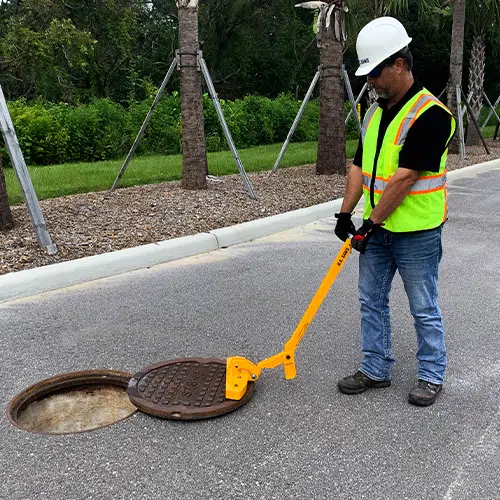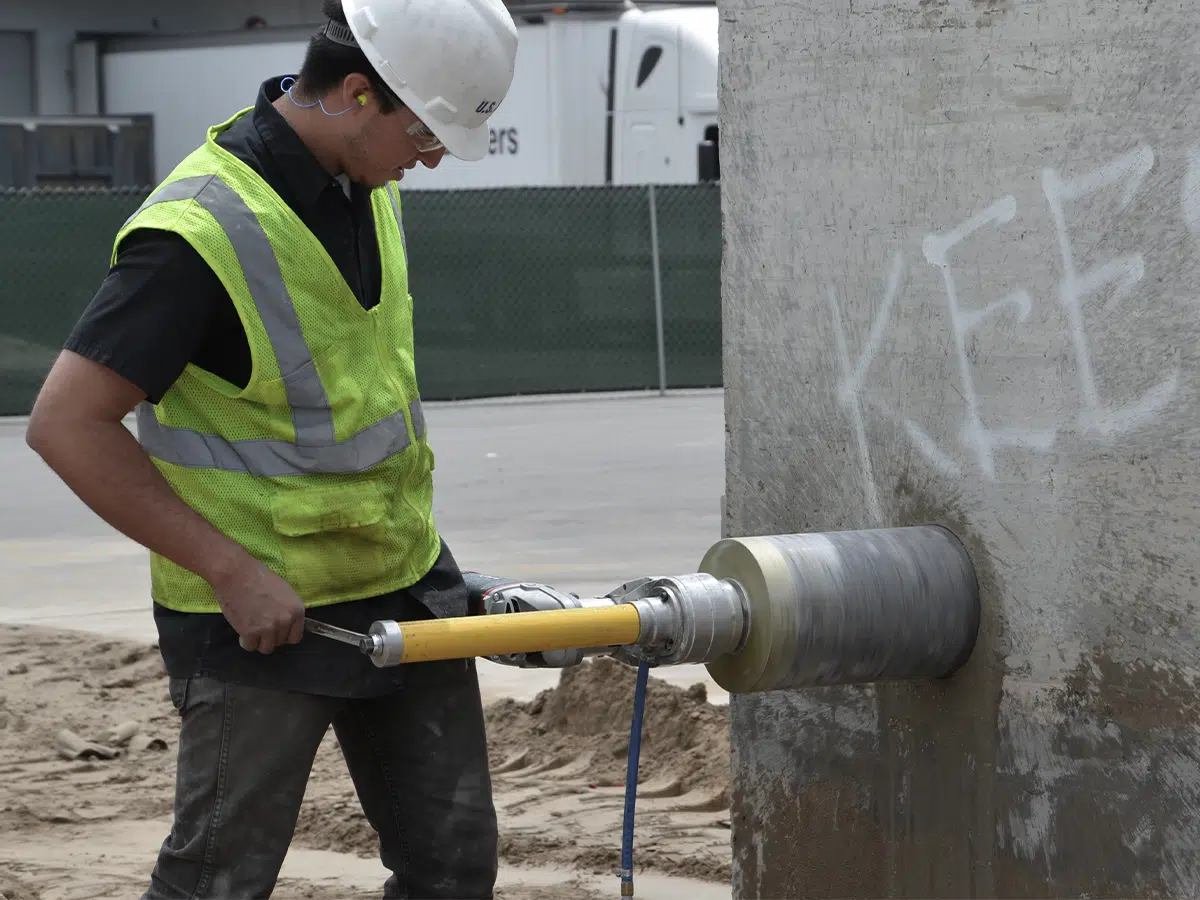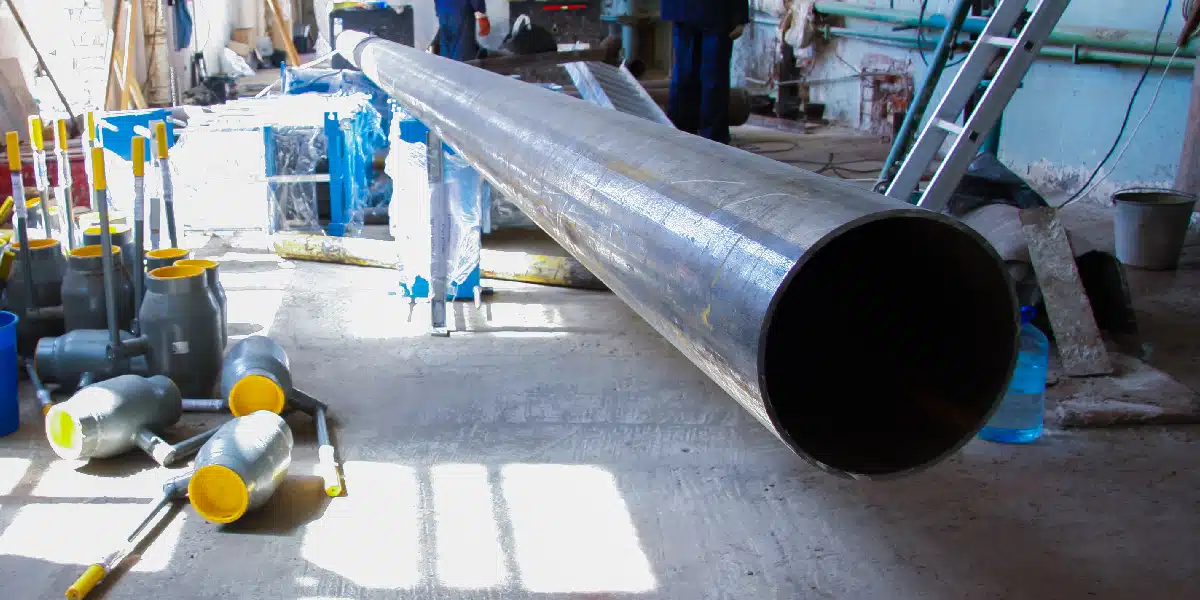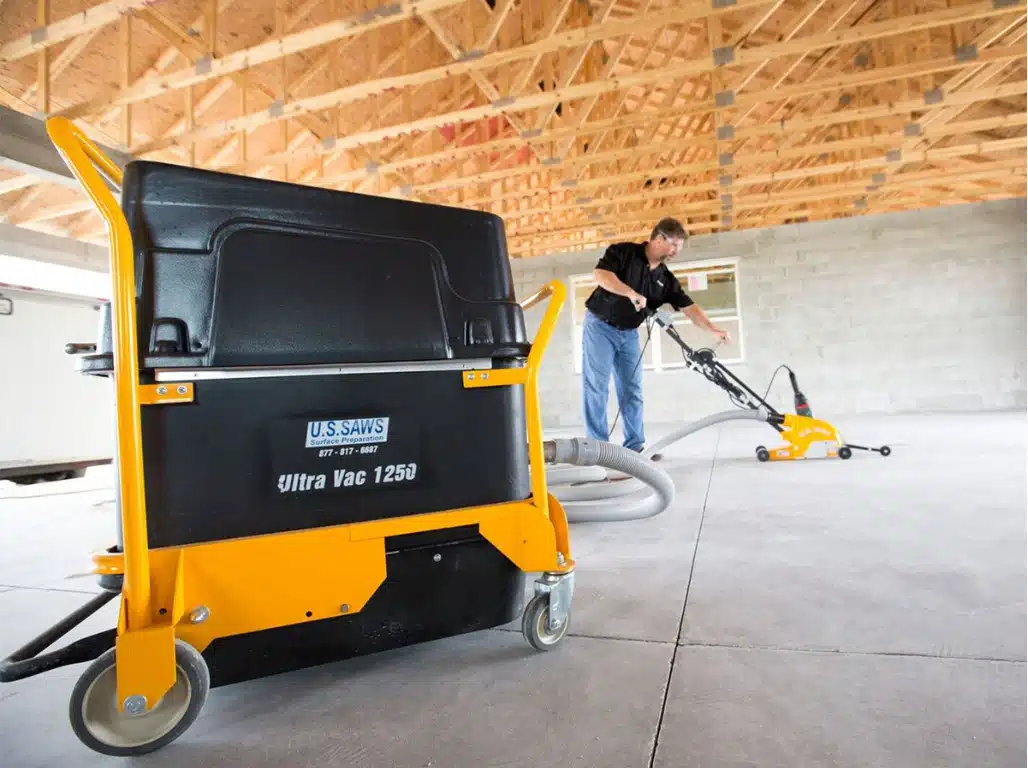Manholes play a vital role in the maintenance of your area’s infrastructure, and their concepts date back to Roman civilization. Many of our everyday utility needs—including electricity, gas, telephone, waste removal, and water—run underground through wires, pipes, drains, and sewers. Manholes provide access to these systems, but they are sealed with heavy covers that require proper tools to remove. Knowing how to lift a manhole cover safely is essential for both efficiency and injury prevention.
Manhole covers serve four key purposes. First, they allow fast inspections of storm drains and sewers, as well as maintenance and blockage removal. Second, they help ventilate sewer gases, preventing dangerous buildup. Third, they provide access for reconfiguring sewer systems, such as joining systems or changing flow direction. Finally, they allow for consistent installation of sewer lines.
Cast Iron Manhole Covers: History and Challenges
Manhole covers are a crucial part of the system, protecting both the public and the underground utilities. Historically, these covers were made of cast iron, chosen for its strength, economy, and durability. Cast iron manhole covers have been in use for centuries, with many older versions featuring unique patterns and city-specific designs that also provided grip for pedestrians and vehicles.
The heavy weight of cast iron—often more than 250 pounds—ensures the cover stays in place as heavy traffic passes overhead. While this weight is an important safety feature, it has also created challenges. Utility workers have long struggled with the strain of lifting heavy covers, and rushing the job without the right tools has led to injuries ranging from back strain to crushed fingers. Today, even as composite and ductile iron alternatives gain traction, cast iron covers remain widespread, making safe lifting practices essential.
Using a Manhole Cover Lifter
Manhole cover lifters are designed to reduce the strain and risk of injuries associated with moving heavy lids. Cast iron covers, and even concrete or recessed covers, can be extremely difficult to remove—especially if they have become wedged or stuck over time.
Workers sometimes ask how to lift a manhole cover by hand or without tools. The reality is that lifting by hand is unsafe and not recommended. The safest approach is always to use the right manhole lifting tool.
There are several lifter styles available. Manhole cover hooks, sometimes called keys, are a practical solution for smaller or lighter covers and come in a variety of sizes to fit different lifting slots. These tools are straightforward but still require proper lifting technique to avoid injury. Magnetic manhole cover lifters take much of the strain out of the job, reducing the risk of back and hand injuries. They are available in different strengths and configurations, with some models including scrapers or hammers to help dislodge stubborn covers. For flush or recessed lids, specialized lifters are designed to provide grip without damaging the surrounding surface.
Tips for safe lifting of a manhole cover:
- Clear dirt and debris from around the cover and any lifting slots.
- Position the correct lifter (hook, magnetic, or recessed cover tool).
- Apply steady leverage rather than brute force.
- Always work in pairs for heavier covers.
- Avoid rolling covers into active work areas or traffic lanes.
If you’ve ever struggled with how to lift a stuck manhole cover, magnetic lifters are often the most efficient and safest solution.
U.S.SAWS Manhole Lifter Solutions
U.S.SAWS has developed a range of manhole cover lifters designed to meet the needs of utility crews and contractors. The Megatron 5 Magnet Break N’ Take is a handheld magnetic lifter that makes easy work of covers weighing up to 350 pounds. Built with neodymium magnets—among the strongest available—it provides a reliable grip and helps operators avoid unnecessary strain.
For heavier lifting jobs, the Supreme Duty Collapsible Dolly with 10” hard wheels and a mega-duty magnet can handle covers weighing up to 900 pounds. This system not only keeps operators at a safe distance during lifting but also folds down for easy transport and offers two lift positions for flexibility. Despite its strength, the dolly is compact and lightweight, making it practical for field use.
U.S.SAWS also offers accessories that enhance both safety and efficiency. The orange 42” Manhole Barrier provides visibility and protection for workers and the public during lifting operations, while the Twin Magnet Spreader Bar adds stability and increases lifting force for large or uneven lids. With these solutions, workers no longer need to wonder how to lift a concrete manhole cover or how to lift a recessed manhole cover—U.S.SAWS provides purpose-built tools to make the job faster, safer, and more efficient.
Manhole Covers – Final Thoughts
Manhole covers are essential for protecting public safety and underground utilities, but their weight can present hazards. By using the right tools, workers can lift even the heaviest or most stubborn covers safely and efficiently.
Contact U.S.SAWS today to learn more about our range of magnetic manhole cover lifters, hooks, and accessories designed to make manhole maintenance faster, safer, and easier.





